
Over three decades have passed since Sonic’s original release. Sonic games have been steadily landing on various platforms long after Sega’s mascot had no Sega console to call home with the death of the Dreamcast.
There will always be classic Sonic fans and someone hopeful that if classic Sonic returns, the magic of his gameplay from the Sega Genesis era would as well. As a lifelong Sega fan, the opportunity to dive into Sonic Superstars was met with immense excitement, even if paired with slight skepticism due to Sonic’s less-than-stellar past at this point.
The prospect of revisiting the classic 2D Sonic universe with a 3D design felt like a dream come true. It was disappointing that we almost had something close to this with some fun classic-styled sections of level design in 2008 but unfortunately fused with that goofy werewolf 3S beat ’em up gameplay in Sonic Unleashed.
Sonic Superstars
Developer: Arzest, Sonic Team, Sega
Publisher: Sega
Platforms: Windows PC, Nintendo Switch, Xbox One, Xbox Series X|S, PlayStation 4, PlayStation 5 (reviewed)
Release Date: October 17, 2023
Price: $59.99 USD

The first legitimate 2D Sonic game with 3D graphics was on the Wii Sonic 4. Sadly, it didn’t hold up to the standards held by the original series, and even worse yet, the sequel and the entire game were ruined by the ridiculous “super 69 attacks”.
This was another humiliation ritual for Sonic and Tails. Another attempt at reviving the classic Sonic formula with 3D graphics came in the form of Sonic Generations in 2011, which was not without its noticeable flaws. Some of these included its bland and unfinished overworld design, as well as its equally unimpressive jump physics and enemy bouncing.
After six years, the demand for classic Sonic remained strong, persisting well into 2017. Nothing emphasized this demand more than the release of Sonic Mania, a standalone success that delivered to hardcore Sonic fans a truly nostalgic return to pixelated Sega Genesis-style visuals and gameplay mechanics.
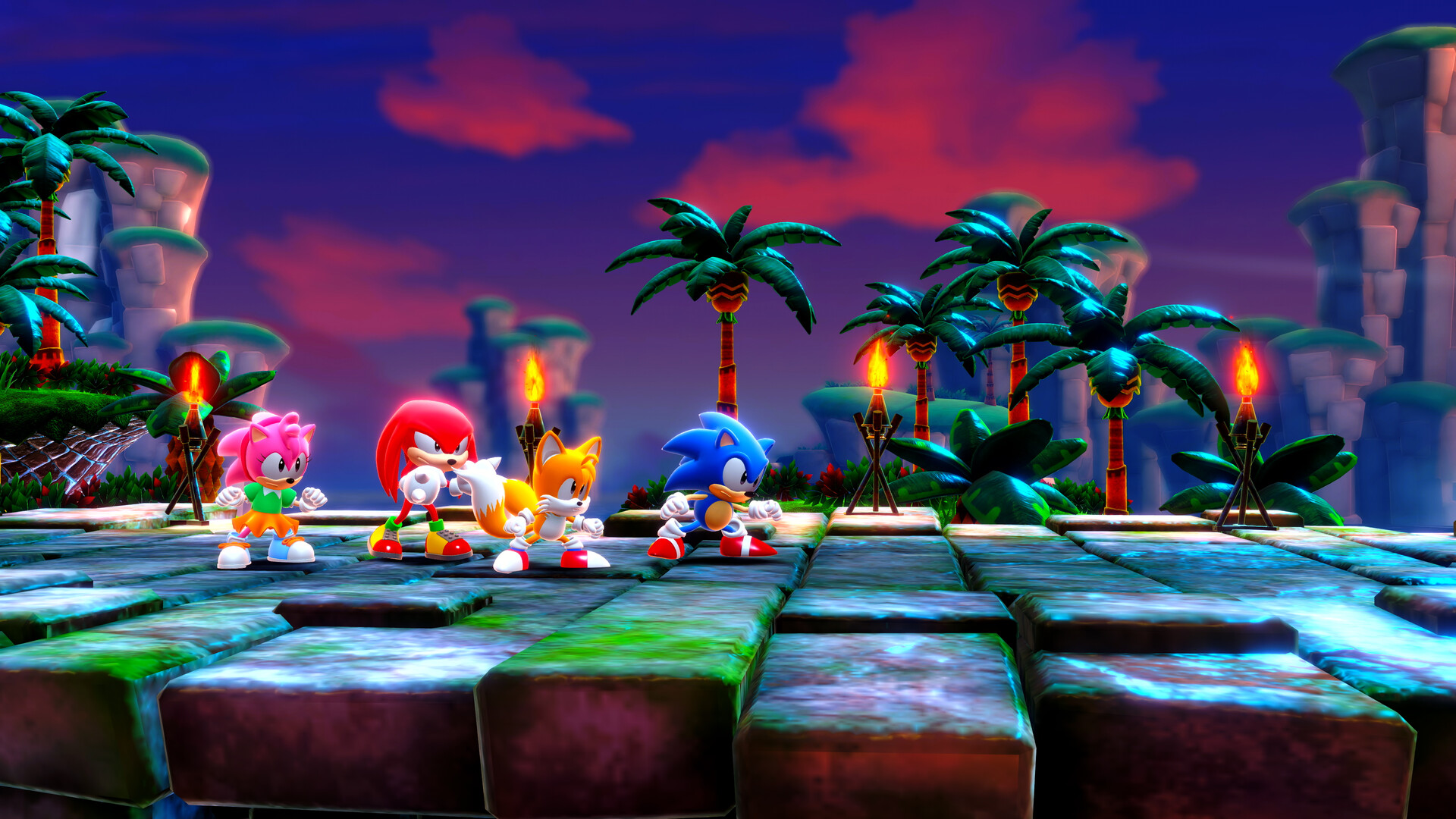
This time, Sonic would return with all the advantages of modern hardware power. The Genesis-style experience would be preserved, but now with a wider aspect ratio, an electrifying soundtrack, more fluid animation frames, and expansive, intricate backgrounds. Most importantly, the immense stages would dwarf the levels of the original classic Sonic games, promising gamers more of everything they had been eagerly anticipating!
When a new Sonic title hints at the classic style, it’s difficult not to view it through the eyes of a fan on Christmas morning 1991, unboxing Sonic the Hedgehog for the first time. There’s a constant hope for a title that truly captures the essence of a classic Sonic installment, without being a blatant panderous tour like Sonic Mania or a disastrous attempt at a sequel like Sonic 4.
From another perspective, Sonic Superstars is being evaluated as one’s first encounter with the franchise in modern times. If possible, an attempt is being made to view this through the eyes of a “brand-new fan.”
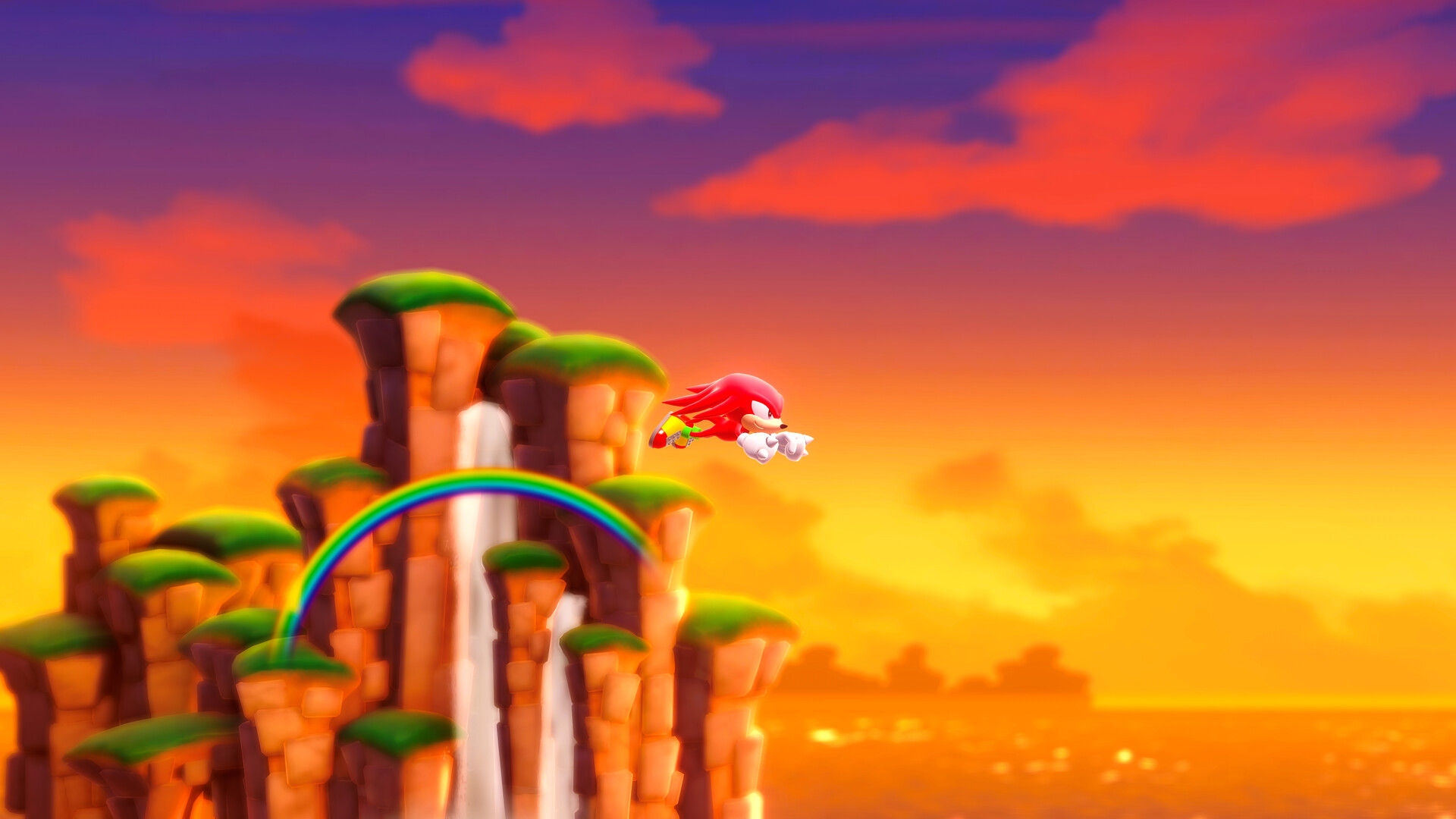
It’s been quite a while since the 1990s, and we’ve seen a growing list of releases that attempt to recapture the magic of classic Sonic. However, it’s worth noting that Sonic Mania‘s success was partially attributed to its ability to accurately emulate the physics engine of the Sega Genesis era. Whether fans were aware of it or not, this aspect of classic Sonic was a key factor in Sonic Mania‘s success.
Players can control Sonic and his friends, Tails, Knuckles, and Amy. The classic designs look great, both when idle and in motion. Tails’ flying power seems to last much longer than it does in the classic Sonic games, leaving little to no challenge when it comes to reaching hard-to-reach or hidden ledges.
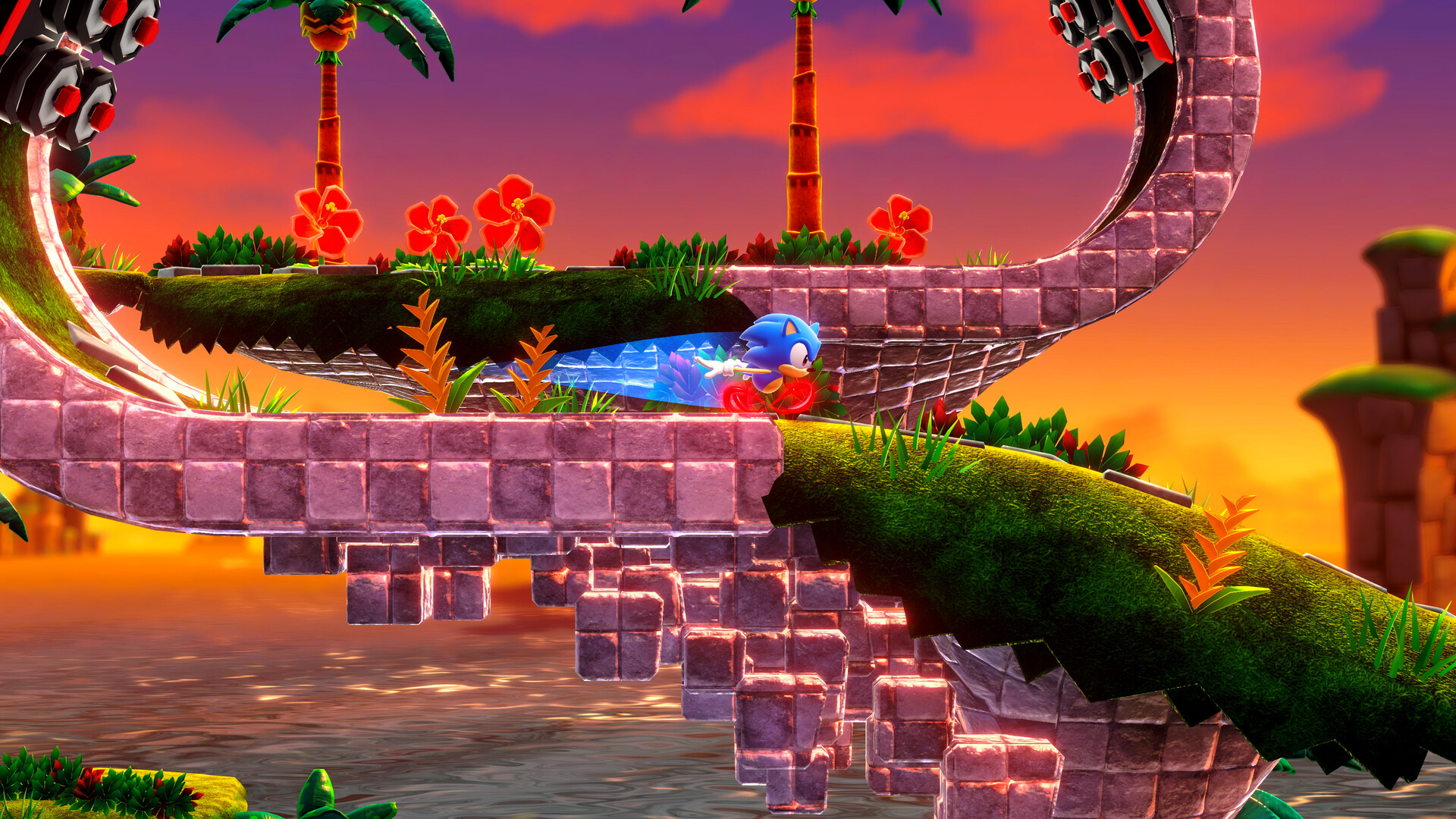
The co-op aspect of classic Sonic from Sonic 2 and 3 returns (sort of). The camera no longer focuses on player one. Sometimes, the camera seems to randomly alternate between players during co-op gameplay, making it difficult to decide who to focus on. Any character can run off with the camera, leaving friends behind with no choice but to reappear wherever their speedy friend happens to stop and explore next.
In 4-player mode, everyone seems to get a turn at doing this to each other. Sonic Superstars should have stuck with the original formula used in Sonic 2 or 3, where the camera’s main priority is player one. Hopefully, there will be future updates to address this as a feature with a possible option to turn it on or off.
The story mode consists of three campaigns, each pitting Sonic and his friends against Eggman and Fang. While the boss battles introduce new attack patterns, there’s still a lingering feeling that the controls don’t quite align with the classic Sonic experience. To put it bluntly, the Robotnik boss fights range from challenging to heavily insulting to even the lowest IQ gamer.

Fang’s boss fights, for instance, can be exasperating, and the extended phases overstay their welcome quickly. This is a shame too, because Fang only shows up a couple of times and practically disappears after this with no truly fitting explanation. His character model looks great, though. Just wish we could have seen more of him.
Sonic Superstars features 11 distinct stages, some with more acts than others. The game boasts vast and lengthy levels with branching and layered paths. However, the enlarged scale of the environments often gives the impression that the characters are shrunken in comparison.
At its best, the level design remains fluid and vibrantly colorful. Even in darker palette levels, the coloring leans towards the brighter side. With its clean digital aesthetic, the game often transitions from smooth and vibrant at a glance to almost cheap and toy-like upon closer inspection.

There are still instances where the game’s 3D graphics resemble a Netflix CGI kids’ cartoon. For first-time Sonic players, the glowing effects, metallic shine, and radiant background sunsets will certainly be visually appealing, while those approaching the gameplay with patience or curiosity will find much to enjoy.
There are instances when the level’s structural design appears excessively simplistic, as evident in the jungle and desert stages. A clear example of this is the desert stage, which pales in comparison to its counterpart in Sonic 3 and Knuckles in every aspect. A side-by-side comparison reveals a distinct lack of originality.
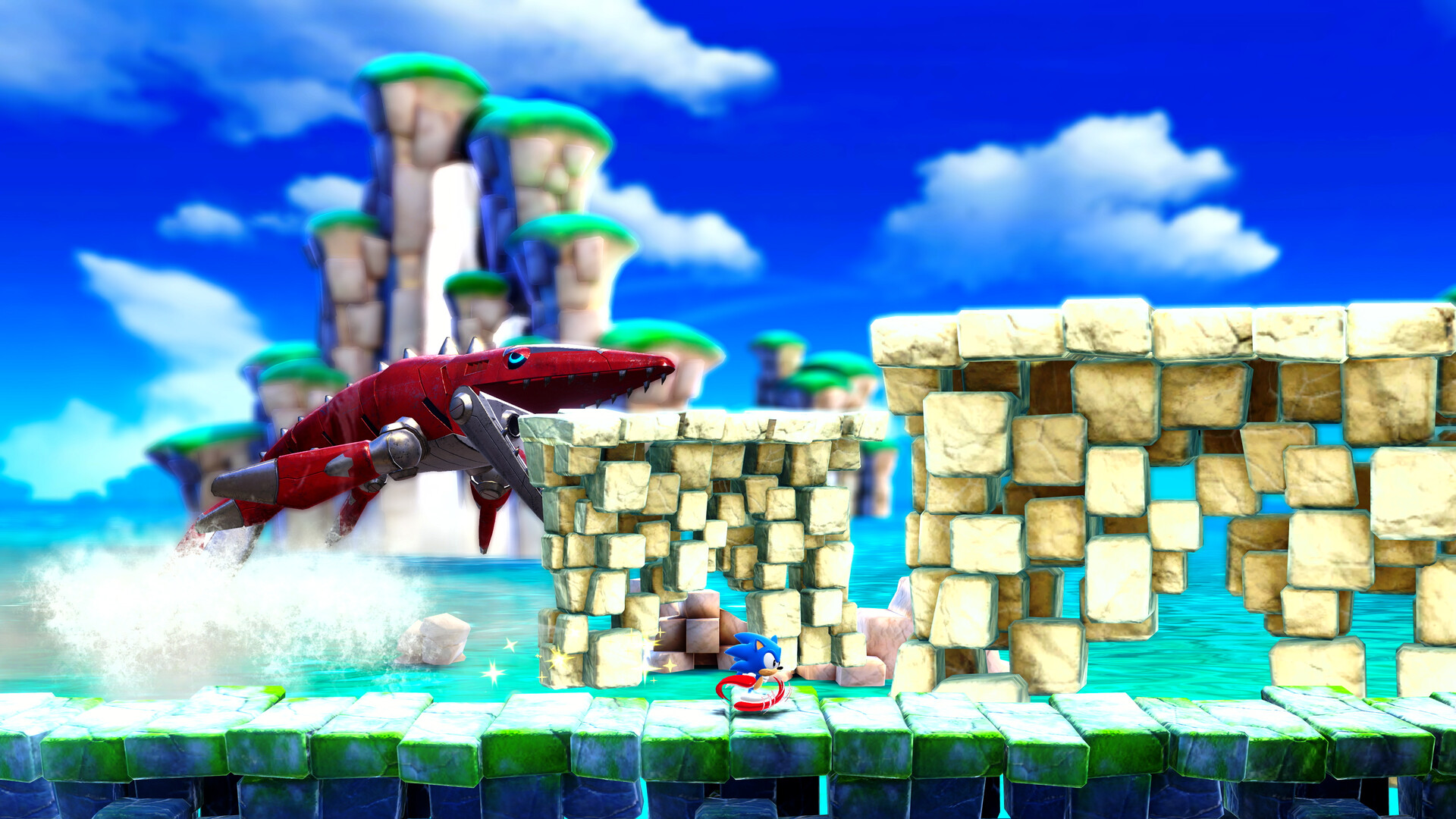
Despite the reduced textures and details, the sheer size of each level can easily disorient players engaged in the exploration, especially with the time limit ticking down. The fundamental issue lies in the lack of originality. The levels are primarily spatially exaggerated iterations of visually simplistic designs we’ve seen before, rather than a classic Sonic-style game brimming with entirely new level themes.
If any glaring yet simple improvements could and should be made via an update, it would be to simply add more enemies throughout the game. Sonic Superstars is overly peaceful in terms of enemy encounter rates, especially in the first half of the game.
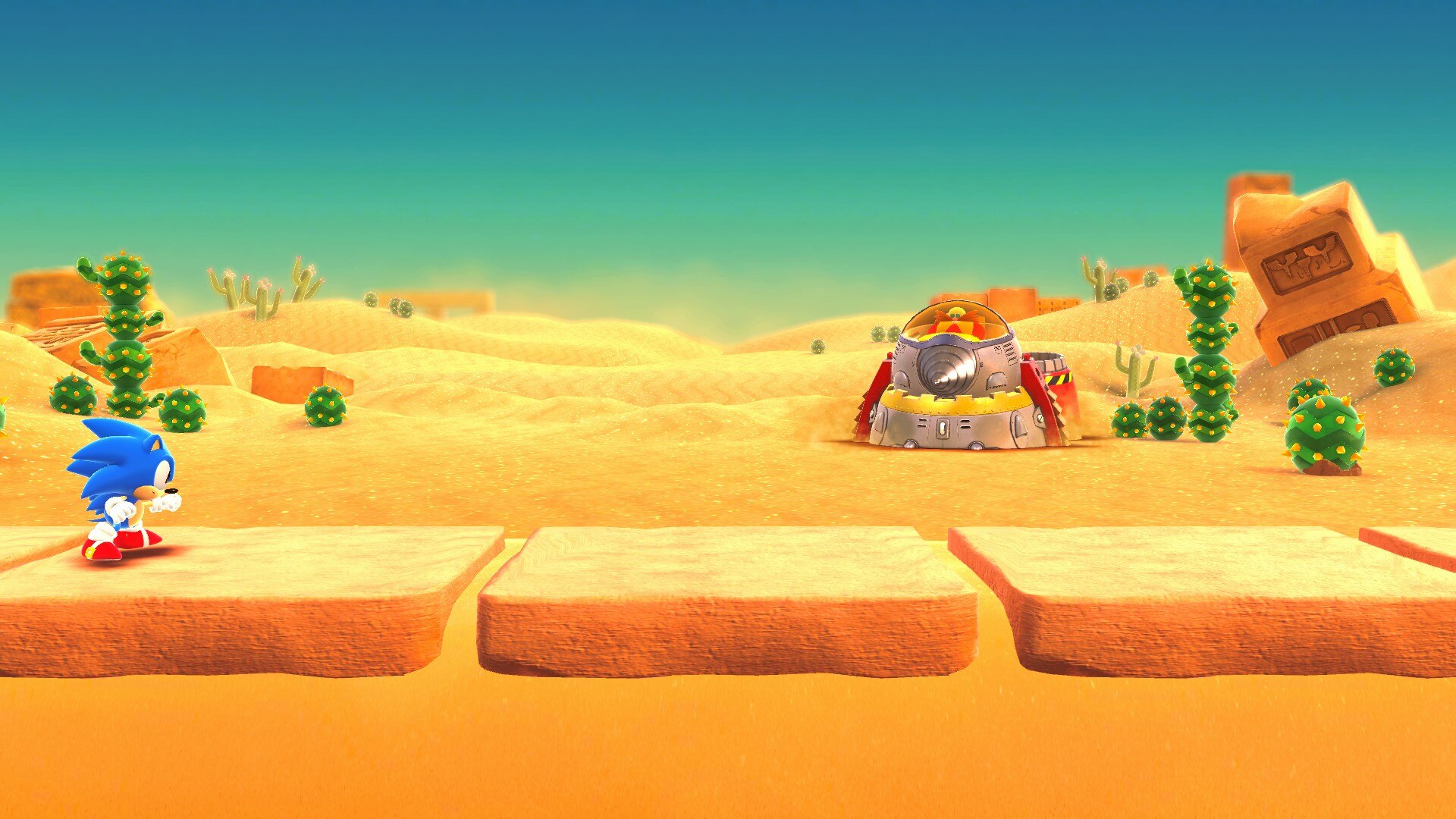
This almost makes me miss the cheap shots that the old Genesis Sonic games would throw at you with their enemy placement. For instance, you’d be running at full speed and suddenly hit an enemy if you weren’t careful, or you’d try to jump toward a ledge and get ambushed by a slicer mantis.
There are no moments in Sonic Superstars that match the intensity gamers would feel when racing through a corridor full of asterons in Metropolis Zone or dodging the fast-paced and aggressive buzz bombers in Green Hill Zone. When it comes to enemy placement, it would be great to have a higher overall intensity. Sonic Superstars simply doesn’t have the same sense of urgency or threat level. Enemies are still present, but they almost feel like part of the scenery rather than actual obstacles.
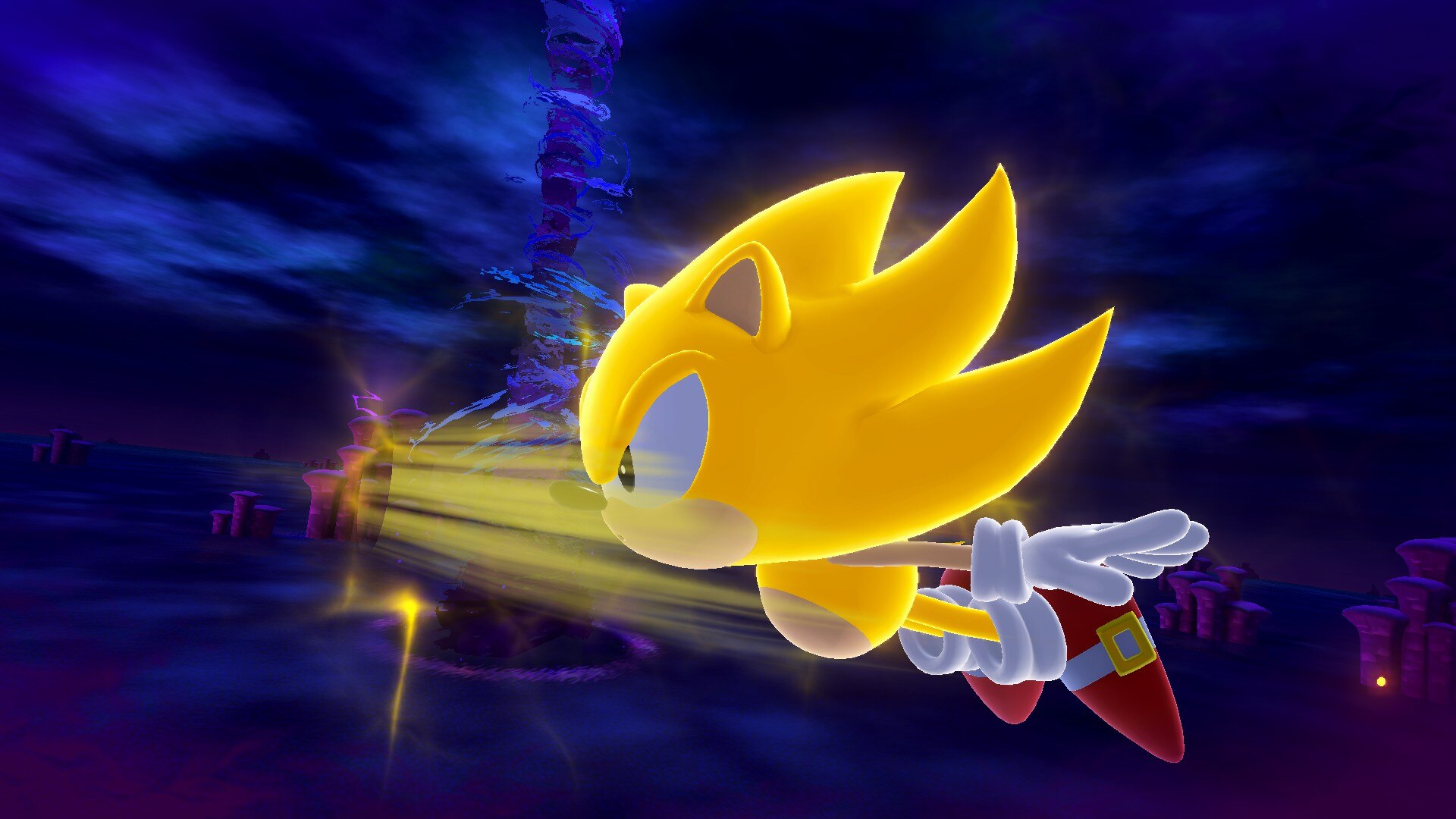
After building momentum in the classic Sonic games, you could achieve such high speeds that the screen would struggle to keep up. There were instances where you could be launched so high into the sky that you would fly beyond the screen’s field of view, forcing players to shift left and right on the D-pad to control Sonic’s fall placement before he even became visible on screen.
In Sonic Superstars, Sonic sort of glides with his feet in a rotating animation but without the sensation of truly peeling out or gaining genuinely blazing momentum and breakneck speed. Even when Sonic performs a spindash up a ramp, he doesn’t reach any notable heights, no matter how much you tap the face button to charge up the spindash.
Try to get some big air to fall fast and bounce on enemies on the next screen by using a vertical ramp – try this anywhere in Superstars and tell me if any of that speed or height is ever comparable to what you get from a fully charged spin dash in Sonic 2 or 3. It simply isn’t there.

The heights Sonic reaches from spin dash launches or running momentum feel like there’s a limiter compared to how high you get launched upward like in Spring Yard Zone Act 2 with its deep ramp drop and near-sky-high launch. The same weakness issue is found in the springs. Hitting springs in Sonic Superstars has a far less effective launch/bounce than the originals.
Sonic Superstars may have a classic appearance with loop-de-loops and chibi-sized characters, but the controls and physics are not perfect. Sonic and his friends have a much heavier feel to them, and it’s not for the better. Thankfully, it’s not game-breaking.
Where are the power-up TVs? In the classic Sonic games, strategically placed power-up TVs were a creative way to enrich the experience by adding context and interactivity with obstacles and hazards. They encouraged players to explore levels more deeply and solve puzzles to reach new heights off the beaten path, gaining a power-up advantage for the next area or an upcoming boss battle.

There isn’t a single TV to bust open for a cool fire shield, electro ring magnet double jump shield, or sick bouncing bubble shield. Not even the bubble-shaped power-up containers from the Adventure series. Sadly, the power-up aspect of classic Sonic has been completely replaced by powers accessible only through collected Chaos Emeralds.
The Emerald powers are cool, but their complete replacement of TV power-ups was a major disappointment. Power-up TVs were never a problem that needed fixing. The restructuring of gameplay to use Chaos Emeralds as abilities on a chargeable weapon wheel is more annoying than enjoyable.
There are no longer moments where players suddenly gain a power they don’t want to lose, prompting them to think on their feet about upcoming obstacles, traps, enemies, and bottomless pits. With the Chaos Emerald weapon wheel, players can select a power-up from collected Emeralds or just “figure it out” if they don’t have one.
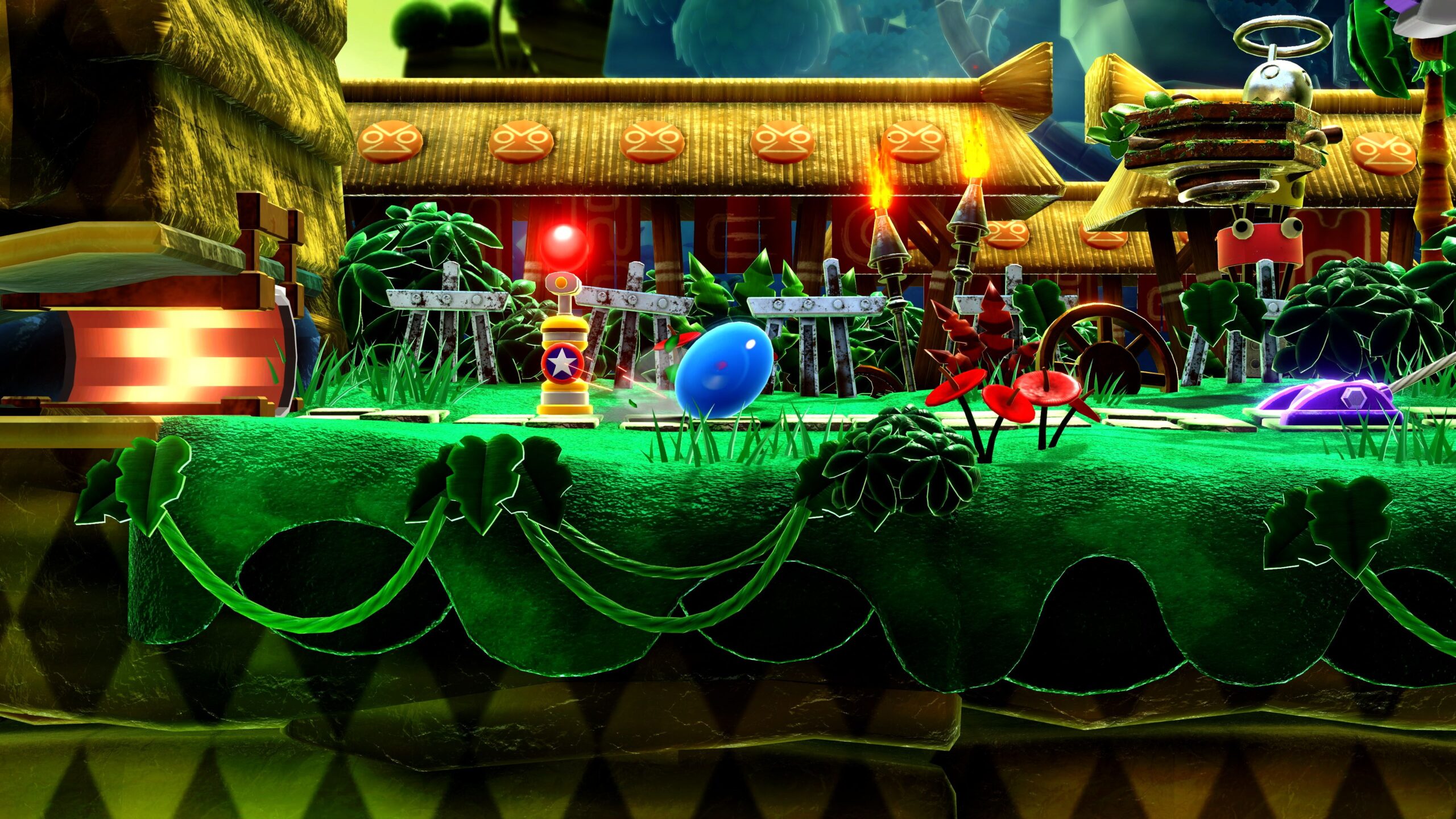
When all Chaos Emeralds are collected, Sonic can once again become Super Sonic. Tails and Knuckles no longer have Super forms and will be “super-powered” the same as Amy whenever they utilize all Chaos Emeralds.
There are some peculiar concepts introduced with the emerald abilities you’ll rely on. Instead of a fire shield propelling you forward, there’s a similar emerald power called “Bullet” that allows you to launch forward along glowing red lines to reach previously inaccessible distances and heights. Ivy enables Sonic to utilize vines to climb to high places once again.
The killer ghost stampede of your character, also known as “Avatar,” is a somewhat intriguing idea for a superpower. The water power-up presents some confusing logic, allowing you to survive being crushed while still being vulnerable to spikes. One amusing aspect of the water power is that it gives your character an entertaining T-1000-like appearance.
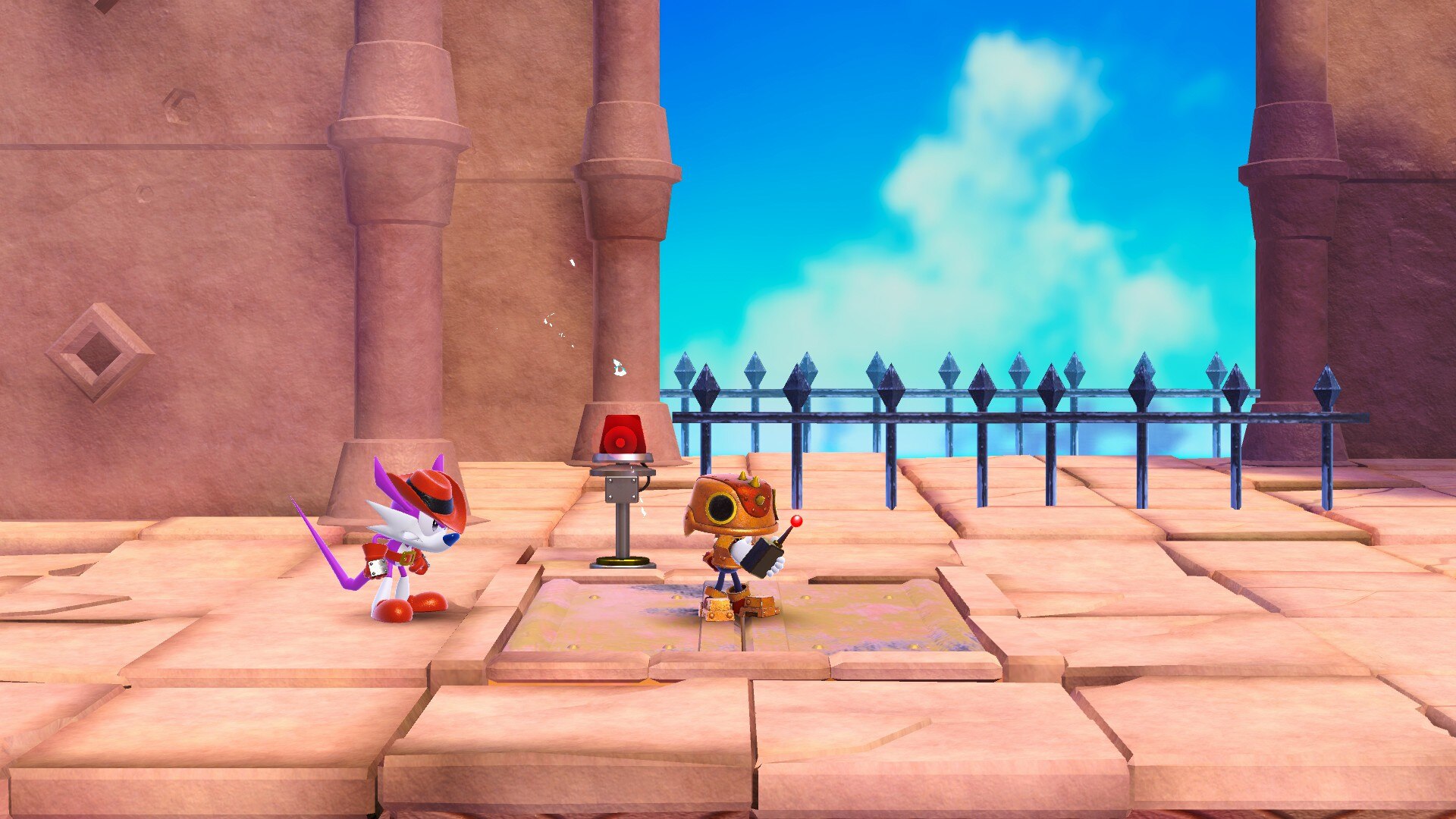
The hidden platforms dimension power-up, or “Vision,” is just an odd ability. It reveals hidden platforms for Sonic to once again reach heights he otherwise couldn’t, but at least it also unveils hidden items. There’s also “Slow,” which is self-explanatory, slowing down everything on the screen. Finally, there’s “Extra,” which grants each character a signature move, such as Knuckles’ ability to punch.
One cannot discuss Chaos Emeralds without addressing the special stages they are hidden within. There was an inherent coolness to the idea of Chaos Emeralds being concealed from the main, forward-facing gameplay, just like the special stages themselves. Collect 50 rings, and when given the opportunity, a portal will open in designated areas of each stage, allowing you to jump right in.
Unfortunately, the special stage concept has been significantly deconstructed from what it once was. Traditionally Sonic’s special stages were a trippy, floaty, cosmic, geometric fever dream of a psychedelic visual experience. Sonic would spin and float through a maze, avoiding the red gems suspiciously labeled “Goal” and rolling onward toward the Chaos Emeralds, which were walled behind corroding gems.
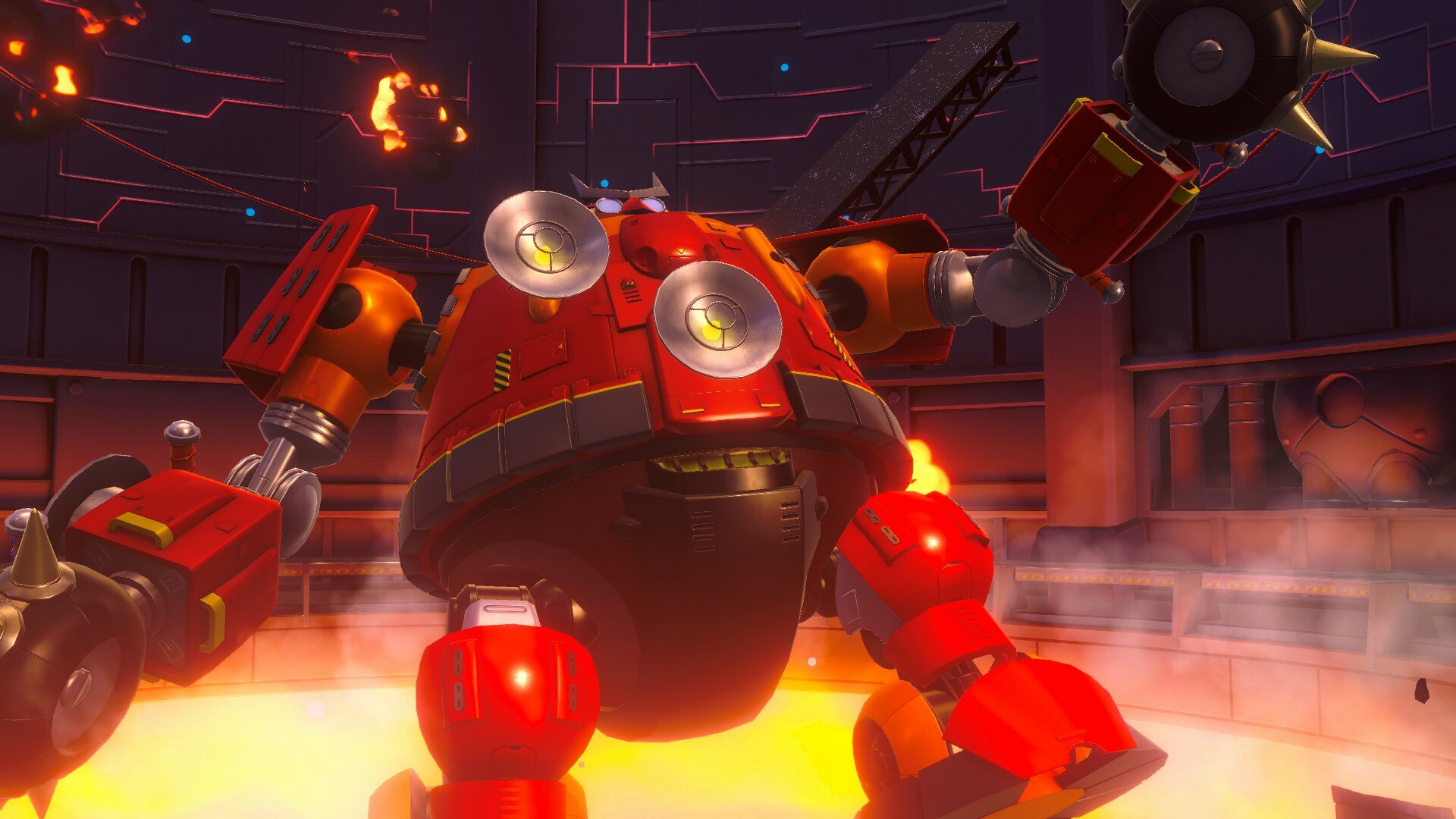
In Superstars, players must run in the general direction of a flying emerald in a giant void populated with globules or dots. Players must extend an energy tendril to use as a swinging vine to launch their stiffly postured running model forward until they can catch up and touch the emerald they’re tasked with collecting. Superstars seeks ways to throw some of its classic Sonic-rooted ideas back at you, but the implementation is questionable at times.
Sonic 1 special stages make a return as bonus levels. However, this time, the familiar Sonic 1 special stage with its rotating gem maze and cosmic backgrounds, complete with trippy tessellation morphing backgrounds, has been transformed into a 3-phase maze with a Coin to collect in each phase.
Players can then use these Coins to unlock items for building their “Battle Mode Prototype.” A Sonic CD special stage with 3D graphics would have been more fitting or a Sonic 2-styled special stage. I’d even welcome a Sonic 3D Blast special stage where Sonic runs on that narrow wooden path above lava and fire. For an old-school Sonic fan, the final Chaos Emerald Stages are merely mildly entertaining.
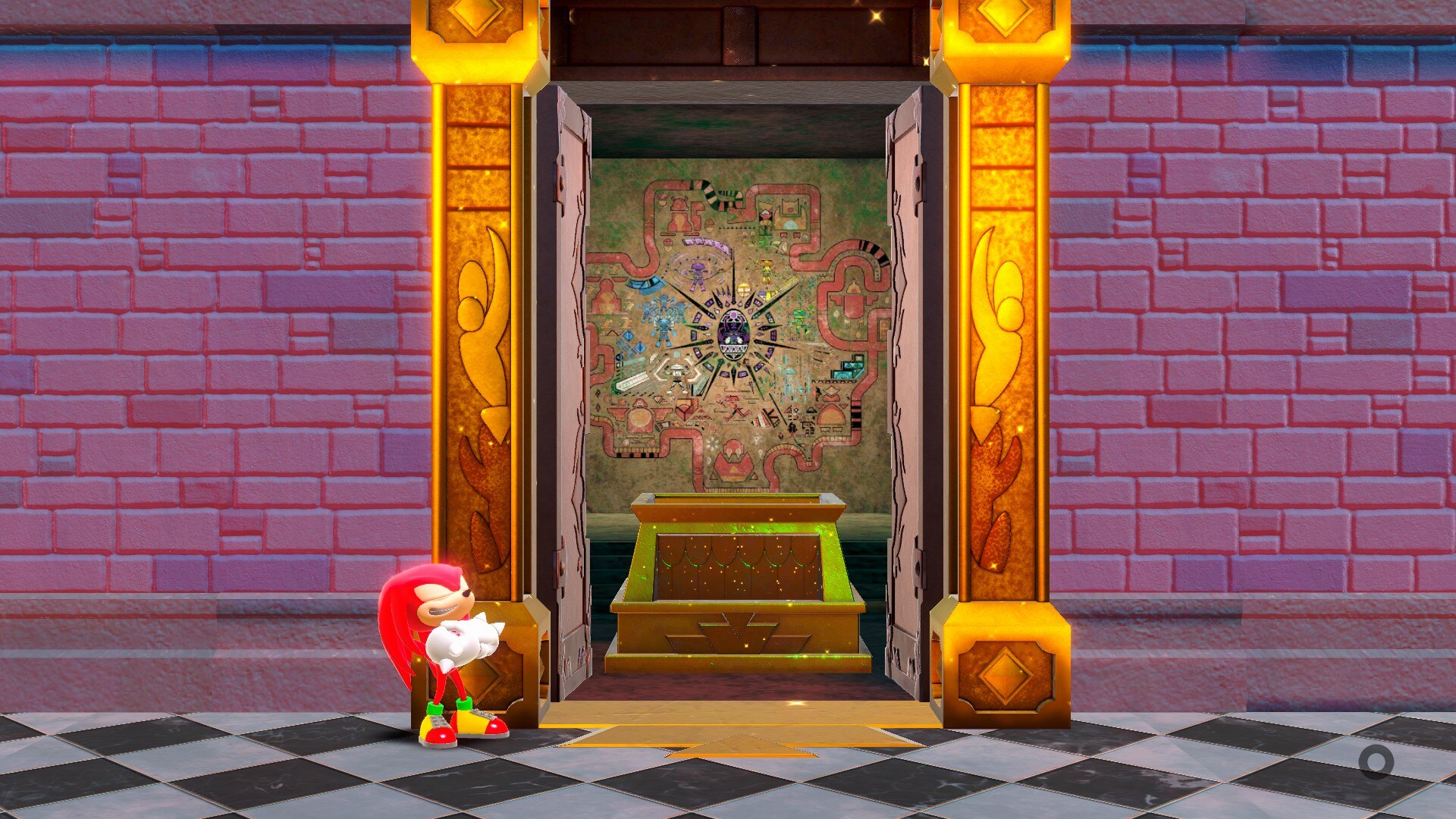
Beyond story mode, the battle mode and time attack mode offer limited content. While serviceable, the time attack mode could benefit from more competitive elements, allowing players to challenge those who have mastered the classic Sonic experience. The eight-player battle mode, though initially entertaining, tends to lose its appeal quickly, primarily due to the controls not aligning seamlessly.
It’s understandable for fans to eagerly purchase yet another “classic” style Sonic release, hoping to recapture the same high-octane rush they experienced with the first Sega Sonic hit in 1991. However, Sonic Superstars is more of a different take on the beloved old Sonic. While many familiar elements are present, almost every classic idea has undergone some modification.
The game visually shines, with Sonic and his friends looking great. Their animations are reminiscent of their Genesis era 2D counterparts, but rendered in smooth CG 3D. Two-player co-op returns, with the camera now detached from player 1. Power-ups are still present, but they are now accessed through the Chaos Emeralds themselves.
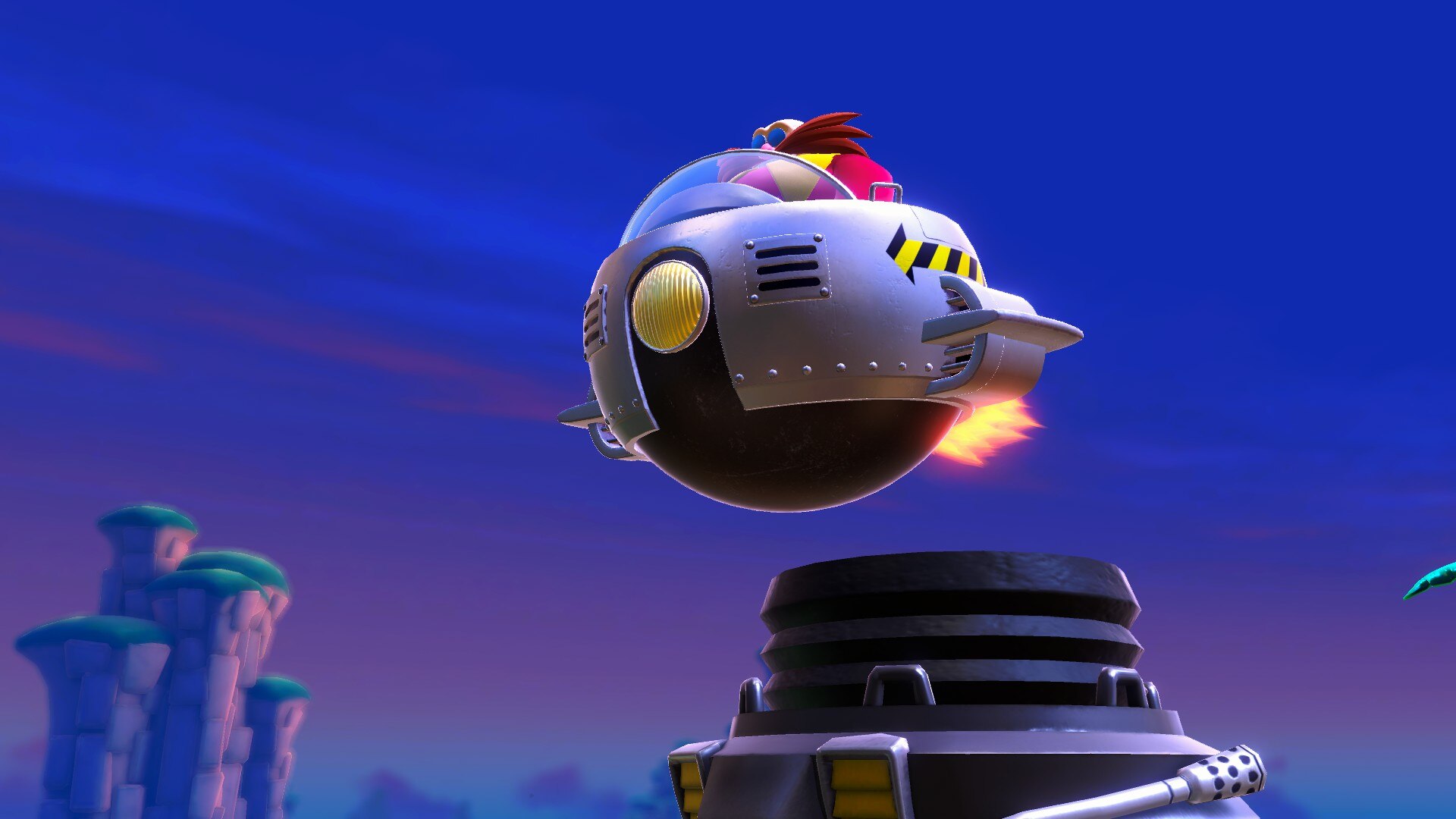
The once challenging special stages are now quite silly and easier to navigate. The Robotnik bosses, which were once as simple as mindlessly bouncing on them in a single spot during the Genesis era, are now a bit trickier, more challenging, and less predictable.
The music is sadly unremarkable. It’s astonishing how the Sonic trilogy, produced on the Genesis’s inferior and primitive sound chip, could generate so many iconic level theme songs. The original Sonic soundtracks were pure genius, with hit after hit created through innovative approaches to overcome the limitations of such restricted technology.
While Sonic Superstars may not have a “bad” soundtrack, it lacks a single level with a truly memorable or catchy theme tune. The music isn’t terrible, but it’s simply so forgettable. There’s not a single track that stands out as special or cool. It doesn’t sound blatantly awful; more like something that fades into the background, barely noticeable, bare, and seemingly crafted without much care.
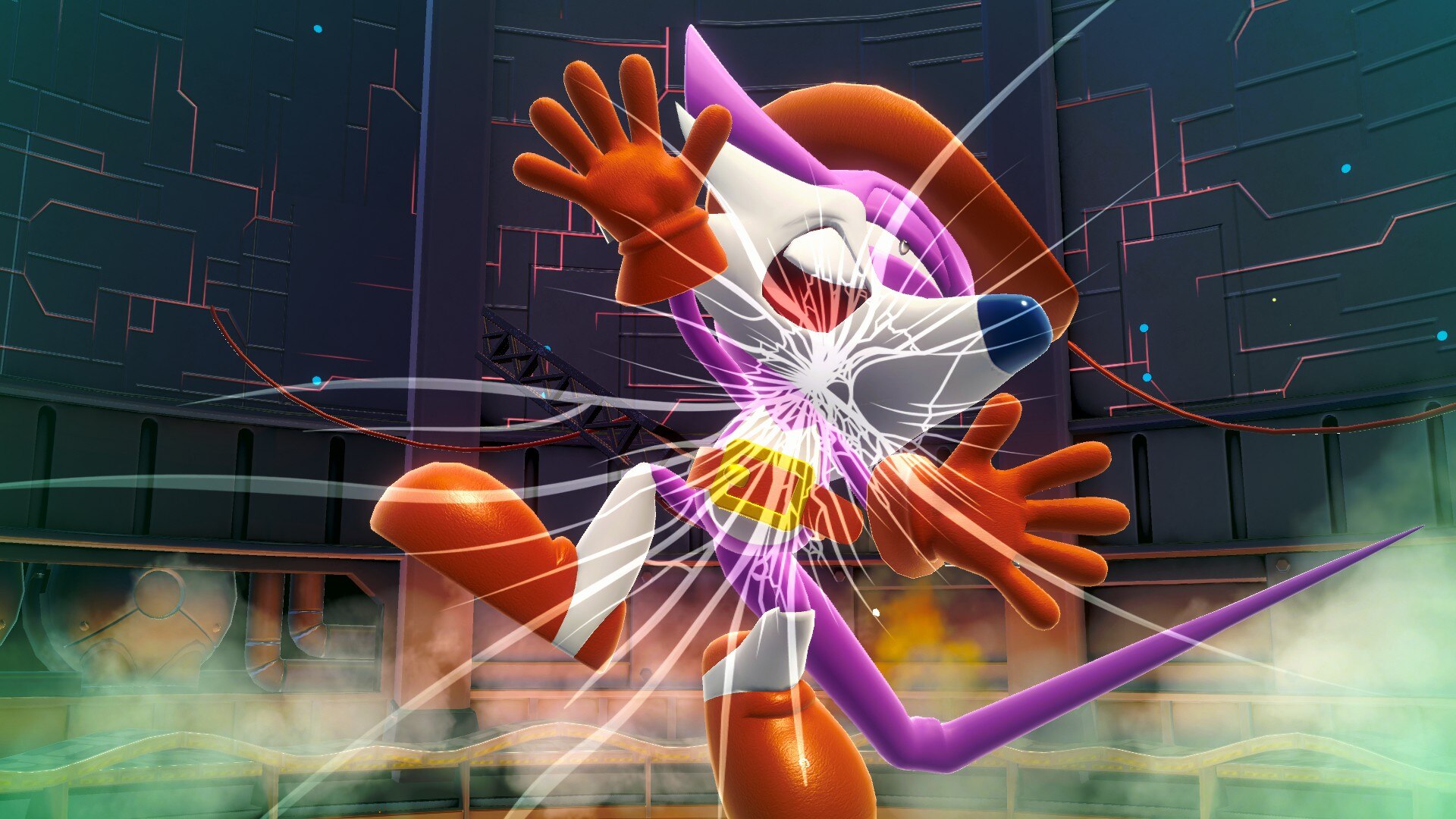
Previous Sonic titles have featured unforgettable tracks like Metropolis Zone, Hilltop Zone, Bridge Zone (for those who played Sonic on the Master System or Game Gear), and, of course, Greenhill Zone. Practically the entire soundtrack for Sonic 3 and Knuckles was song after song of pure genius, infused with the creative DNA of Michael Jackson.
All that modern technological power, and not a single hit from a classic-styled Sonic title? This is a textbook example of using a lot to say very little. In Sonic Superstars, the term “superstar” certainly does not apply to the soundtrack.
At face value, and even on closer examination, Sonic Superstars isn’t a bad game at all. However, it falls short of the expectations and standards set by classic Sonic games when measured against them. Newcomers approaching the game with fresh eyes will likely enjoy the main campaign, which features lush, colorful graphics, expansive levels, and additional fun extras.
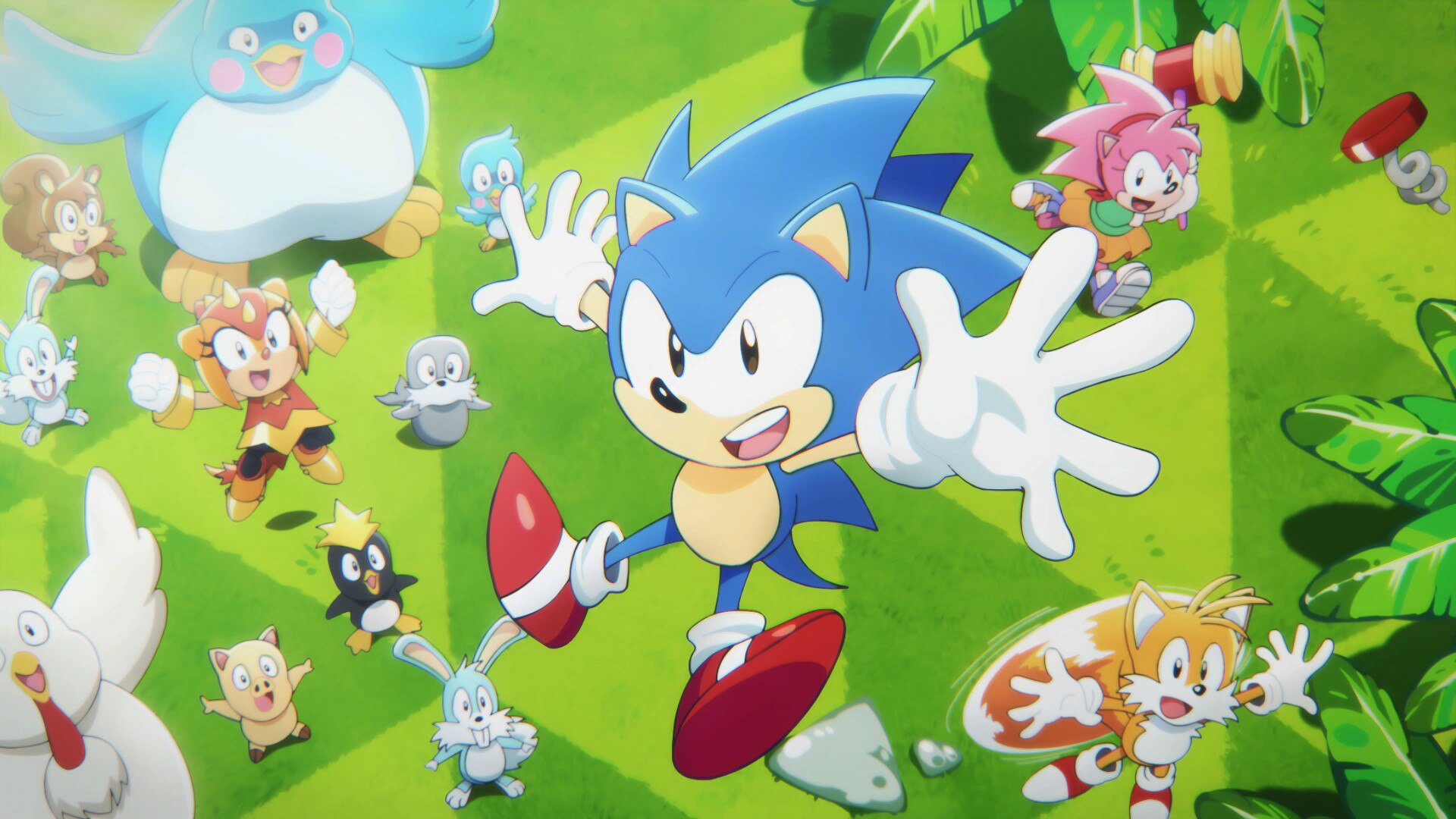
Sonic Superstars can stand on its own as a quality, fun-filled Sonic game, despite its flaws. Overall, it’s not a classic Sonic-styled title with perfectly mastered momentum and speed. Sonic Superstars is not an entirely negative experience, but it’s a “classic-presenting” Sonic game that delivers something quite different from what hardcore 90s Sonic fans would anticipate or remember.
With further refinement, particularly in the controls, and if it emulates the Sonic Mania engine, Sonic Superstars has the potential to evolve into something truly remarkable. Sega fans with a deep understanding of Genesis-era Sonic games may crave a more faithful recreation of classic physics and expect better from the soundtrack. While the game introduces innovative level designs and fresh ideas, it’s unfortunately confined to levels previously seen in older titles.
The heavier, stiffer controls hinder some aspects of the experience for Sonic veterans seeking an old-school feel. Nevertheless, Sonic Superstars still captures enough of Sonic’s essence – high-speed platforming and explorative gameplay – for both veterans and newcomers to have a decent time. It serves as a valuable addition to the franchise, even if it doesn’t quite reach the peak of classic 90s gameplay.
Sonic Superstars was reviewed on PlayStation 5 using a code provided by Sega. Additional information about Niche Gamer’s review/ethics policy can be found here. Sonic Superstars is now available for Windows PC (via Steam), Xbox One, Xbox Series X|S, PlayStation 4, PlayStation 5, and Nintendo Switch.